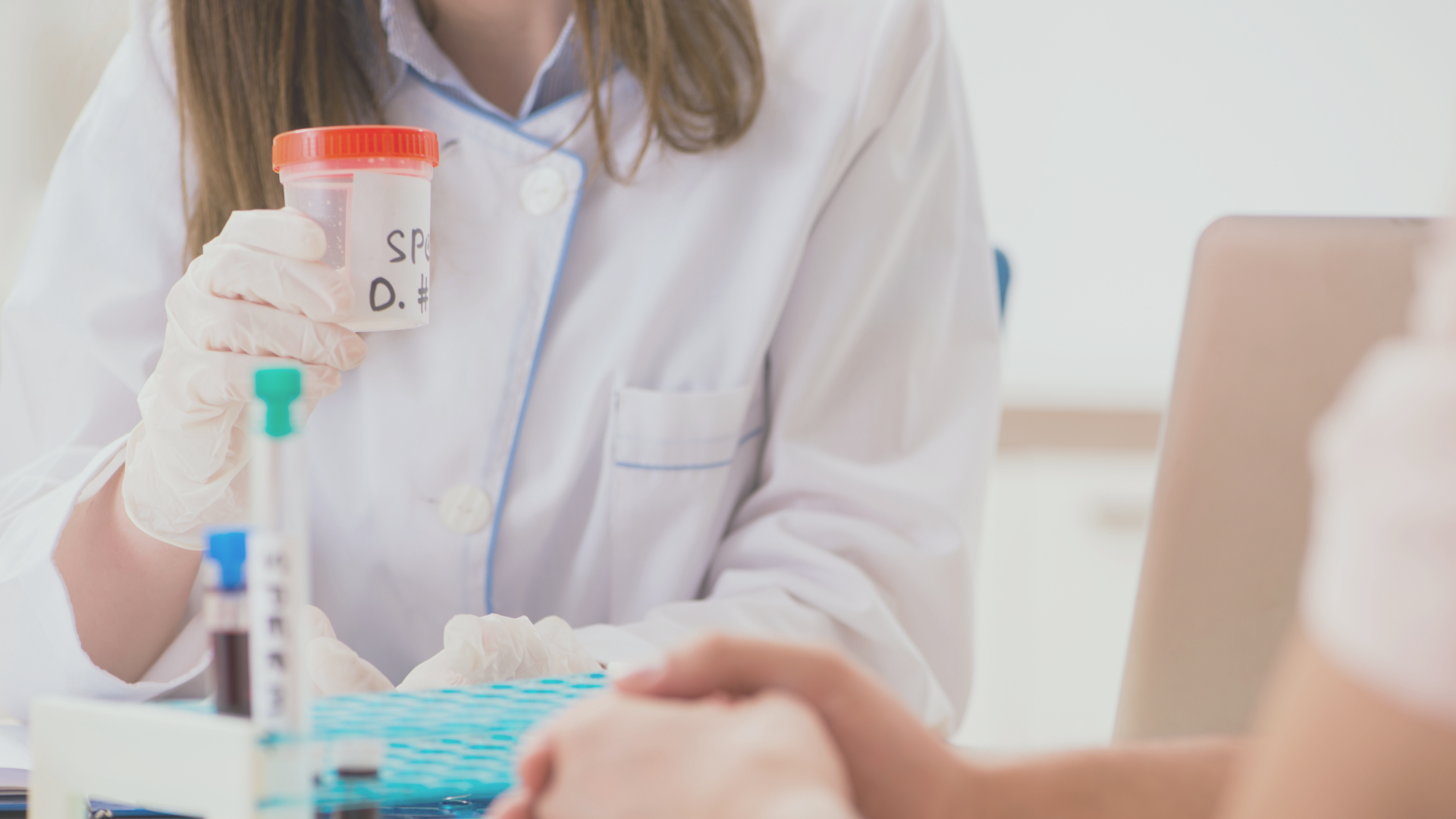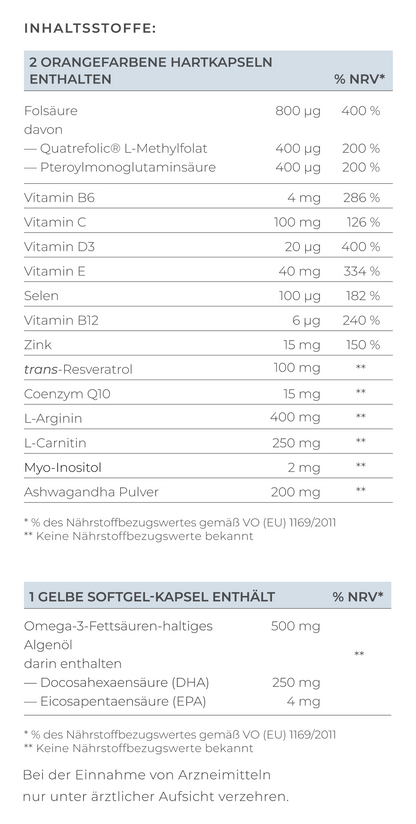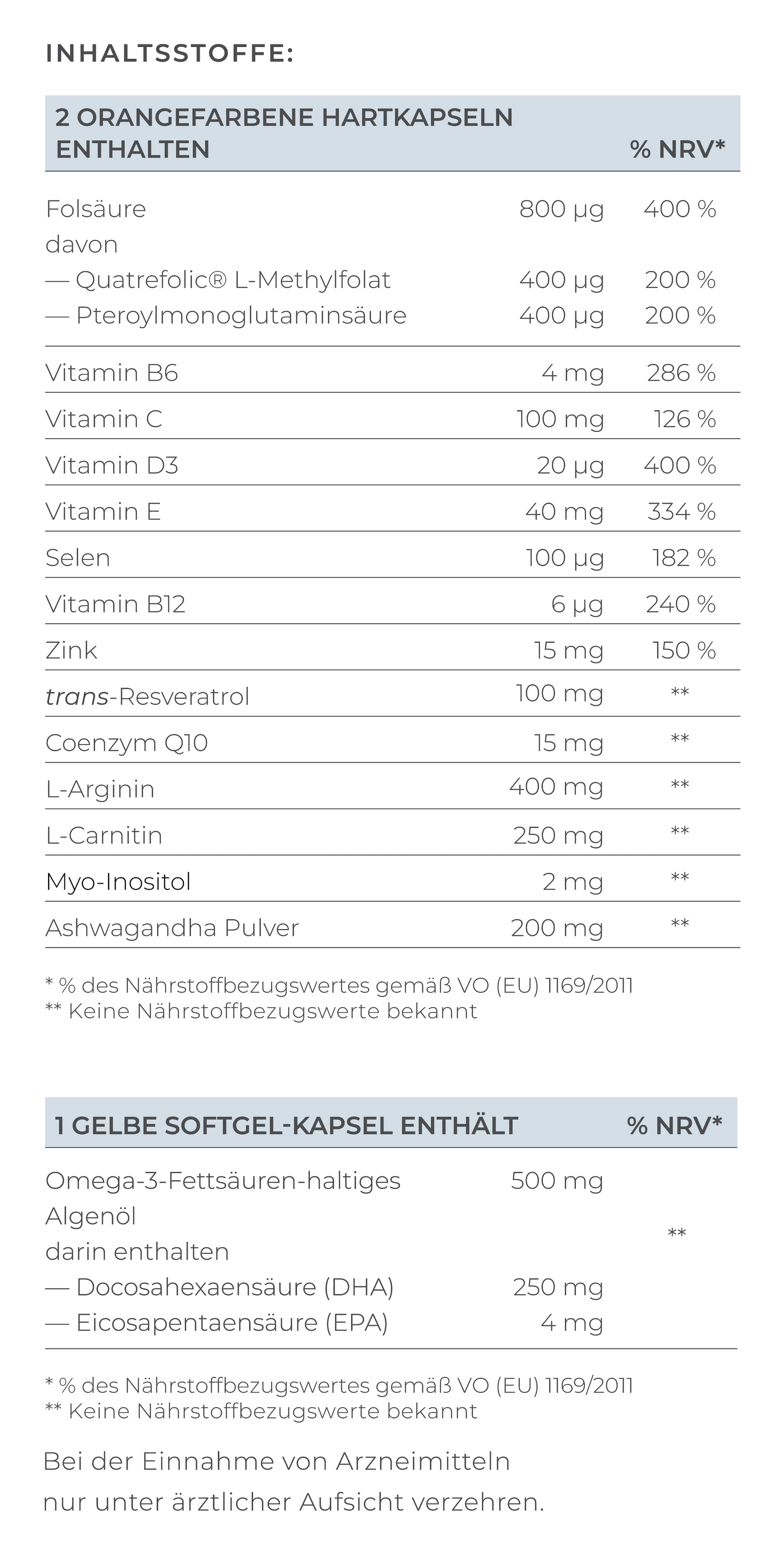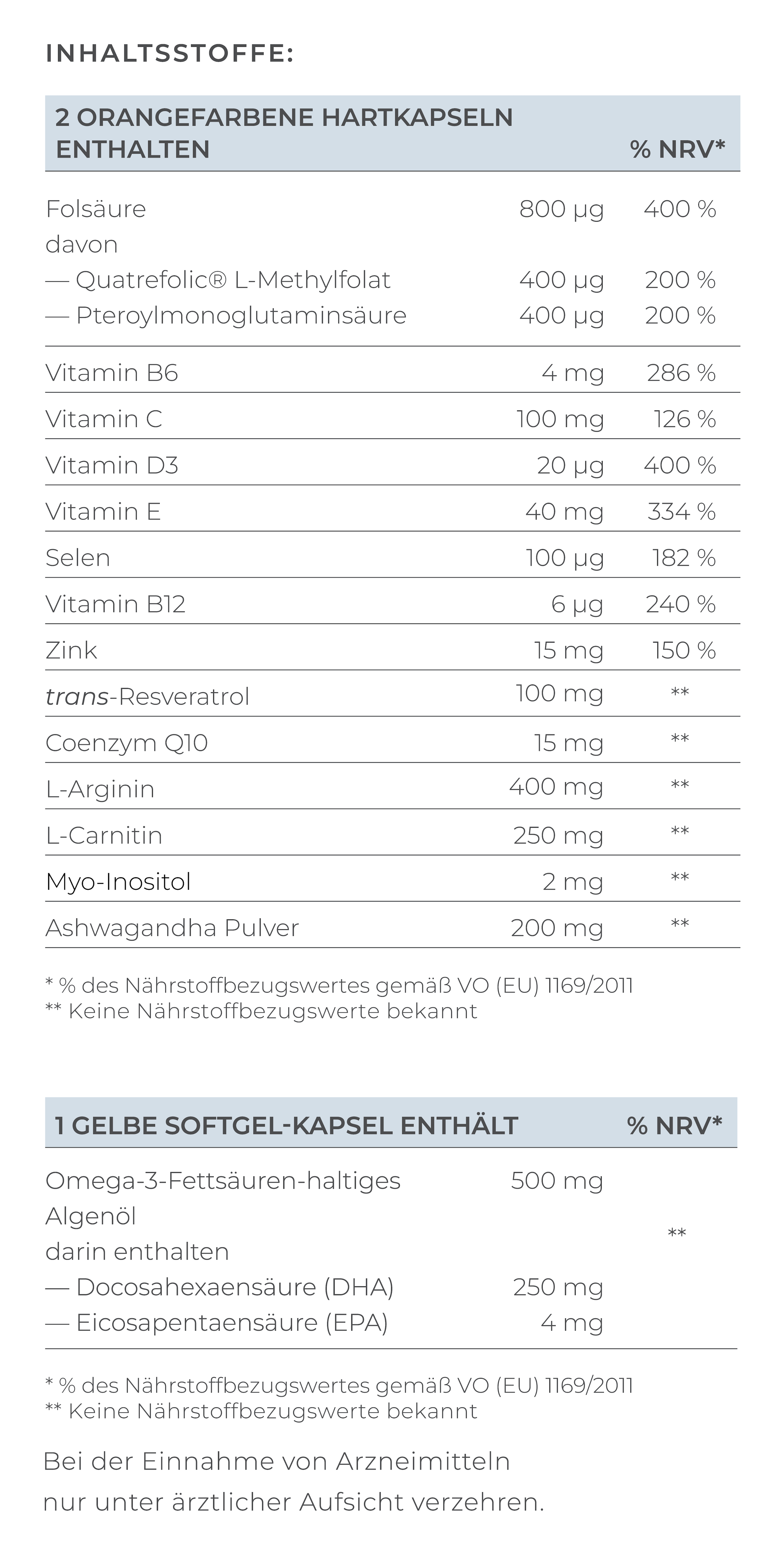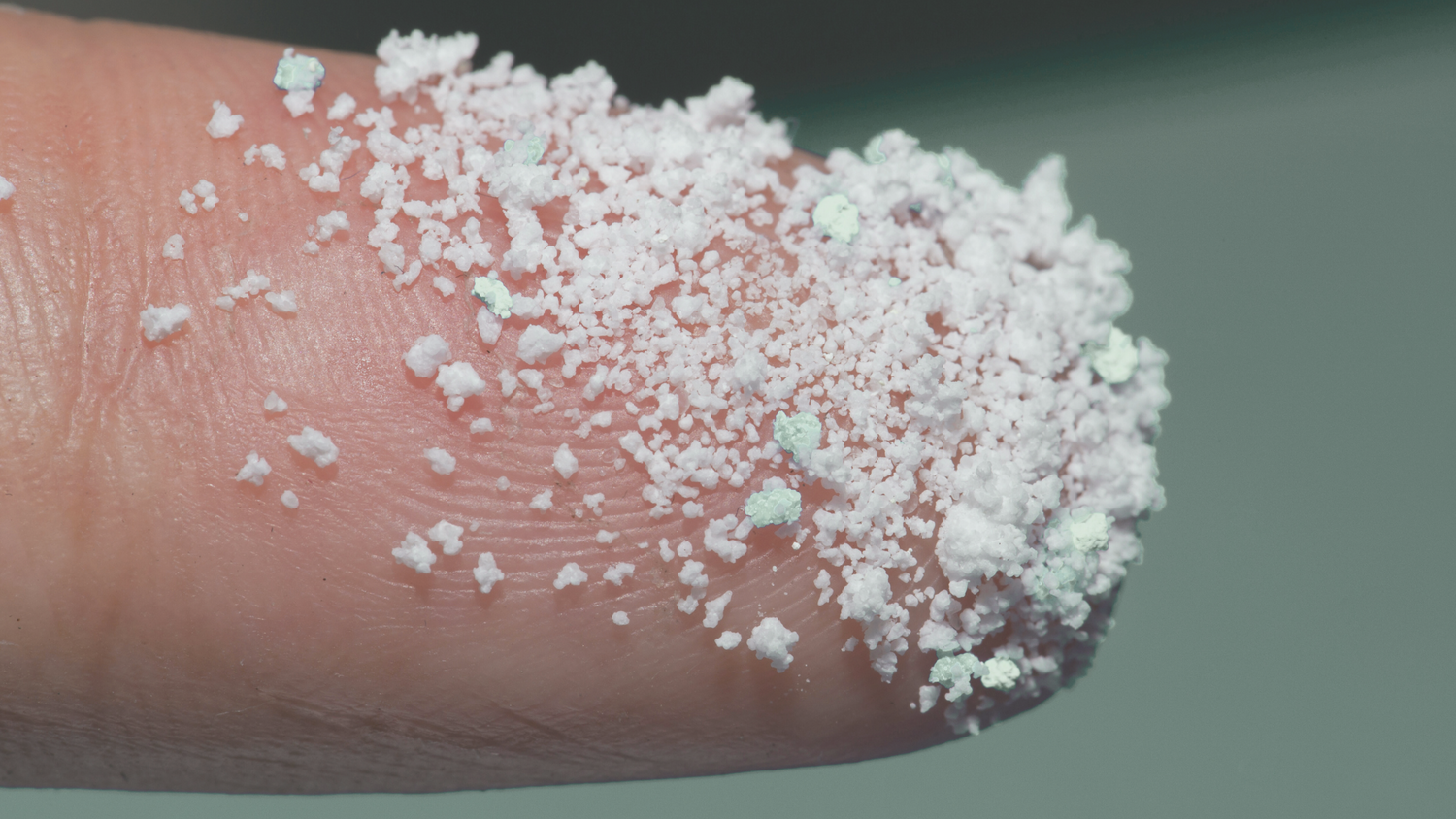The semen analysis, also known as a spermogram, is an examination that measures the quality and quantity of male sperm, providing insight into the man's fertility.
If the desired pregnancy is not occurring, it makes sense to undergo a semen analysis. Diagnostics play a crucial role in choosing the right treatment method to fulfill the desire for children.
What is a Spermogram?
A spermogram measures the following parameters of ejaculate, compared with reference values from the World Health Organization (WHO):
Basic semen properties
Volume: measured in milliliters (ml). A semen sample is considered normal if the volume is greater than 1.4 ml.
Liquification: The ejaculate sample should completely liquefy within 20 minutes for examination.
Color: Semen should be yellowish-gray. A very transparent sample may indicate the presence of leukocytes.
pH: It should range between 7.2 and 8.0. Deviation may indicate an infection.
Microscopic examination:
Sperm count: Either over 39 million per ejaculate or > 16 million per ml.
Sperm motility: Categorized as fast progressive, slow, or non-progressive. A semen sample should have >42% motile sperm and more than 30% progressively motile sperm.
Sperm morphology: Head, body, and tail of the sperm are crucial. At least 4% should have a normal form.
Vitality: Minimum 54% of sperm should be alive.
Leukocytes: Max 5 million round cells per ml, of which no more than 1 million should be leukocytes. A higher quantity indicates an infection.
Conducting a Spermogram
To ensure reliable results, sexual abstinence (both intercourse and masturbation) of three to five days is recommended.
For diagnosing infertility, at least two spermograms should be conducted at a minimum one-month interval, showing consistent results.
What to Do with an abnormal Spermogram?
In case of an abnormal spermogram, further examinations and treatment options should be discussed with a doctor. The reasons for a poor spermogram can be diverse, such as infections or undescended testicles in childhood.
Additionally, adopting a healthy diet, engaging in physical activity, and taking high-quality micronutrients contribute to improving sperm quality.


